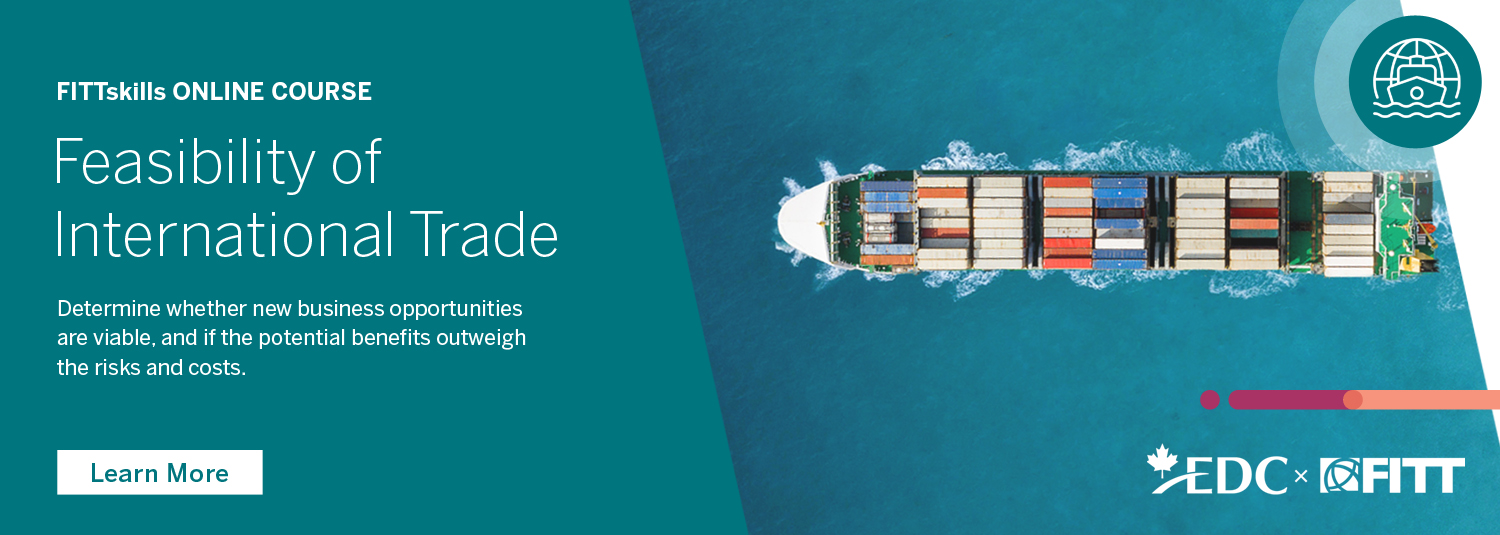 Medium-term financing arrangements are structured for repayment periods of up to five years, while the repayment periods of long-term financing arrangements can range between 5 and 15 years.
Medium-term financing arrangements are structured for repayment periods of up to five years, while the repayment periods of long-term financing arrangements can range between 5 and 15 years.
Banks or other financial institutions offer such financing programs, often in support of large projects. In offering them, the financial institution assumes the risk of non-payment arising from the failure of the buyer or the buyer’s bank, or from political instability in the buyer’s country. In certain circumstances, the financial institution and the exporter can share the risk in different proportions.
The following are the most common medium-term and long-term financing mechanisms.
1. Buyer credits
A buyer credit is used to finance an export over a medium or long term. With this method, funds are lent directly to the foreign buyer. These credits are best suited to large transactions involving capital goods or to turnkey projects.
Buyer credits are generally extended on a non-recourse basis to the exporter, as the importer enters into a direct financial relationship with the lending bank. The creditworthiness of a buyer credit is based on the buyer’s integrity and ability to repay. It may be supported by the guarantee of a government, a government agency or a bank in the buyer’s country.
2. Supplier credits
In the case of a supplier credit, a financial institution purchases from the exporter a foreign buyer’s debt (to the exporter) for products or services purchased. Arranging this type of financing may be easier and more economical than arranging a buyer credit because the bank or lender does not have to negotiate directly with the foreign buyer.
Supplier credits are generally suited to transactions with a value between U.S. $100,000 and U.S. $5,000,000, with terms of payment ranging from six months to five years.
3. Forfaiting
Forfaiting, or forfeit financing, is a medium-term form of seller credit provided by trade banks. A bank purchases medium-term (up to five-year or, in special cases, seven-year) promissory notes due to the exporter from a foreign buyer.
The value of the promissory notes is discounted at a fixed rate so that the exporter receives cash, after deduction of the interest charge or discount. Generally provided along with a guarantee from the buyer’s bank, the promissory notes are discounted by the exporter’s bank on a non-recourse basis to the exporter.
The exporter benefits by passing on the credit risk and currency exposure to the bank, turning a term-credit sale into a cash transaction and receiving fixed-rate financing.
If this method of financing is decided on in advance, the discount fees and all other finance costs can be incorporated into the contract price. It also eliminates the need for extensive documentation.
Want to learn more about how to ensure your company remains profitable by conducting cost-benefit analyses for importing or exporting potential products and services? Check out the FITTskills Feasibility of International Trade online course!
4. Countertrade
Countertrade is an arrangement in which a sale to an importer is conditional on a reciprocal purchase by the exporter. It therefore includes any international trade contract in which the reciprocal obligations of the parties are substituted for payment in kind. Instead of being paid in cash for a shipment, the exporter receives products—or even certain kinds of services—from the target market.
Types of countertrade common in international trade include barter, counter purchase, advance purchase, buybacks, bilateral and offset arrangements.
Countertrade was very popular in the centrally planned economies of the former Soviet bloc because the governments of the region were chronically short of hard currency and were therefore committed to a policy of promoting exports. For similar reasons, countertrade is used extensively in some emerging markets.
5. Export leasing
It is mostly private companies that specialize in this type of financing, with programs designed for specific industries, such as the motor-vehicle, aircraft and industrial equipment sectors, although some banks can provide export-leasing services through subsidiaries. Exporters, working in conjunction with leasing companies, may undertake this form of trade financing to gain a competitive edge and to offer their buyers an alternative means of financing. The buyer alone concludes the leasing arrangement.
Exporters can use such arrangements when dealing with countries where import restrictions prevent the buyer from purchasing foreign equipment outright.
Export leasing can also be used when a country’s tax regime favours leasing over outright purchase, so that the importer can acquire capital goods more cheaply.
Export leasing is a medium- to long-term method of financing. Depending on the mechanism used, the exporting firm receives cash for its transfer of title to the leasing company and the delivery of the capital equipment to the buyer. The leasing company then collects regular payments from the leaseholder.
6. Project financing
Project financing differs from all other types of financing previously outlined in that it is based entirely on the feasibility and profitability of a project.
Project financing secures repayment for a sale out of the cash flow that the project is expected to generate when it comes into production. The assets of the project serve as collateral, and the lenders also have recourse to the cash flow created by the project. The loan is granted mainly on the basis of the project’s capacity to generate sufficient revenue to service the debt. In the case of default by the project operator, the lenders may take control over the collection of revenue, or may seize the assets specifically pledged or others pledged as additional collateral.
Project loans are long-term and may be structured and secured in many ways. They require extended gestation periods before completion, as well as innovative financing.






Our Company currently licenses our technology to labs that enables them to operate a tissue culture lab or detect plant pathogens. Our biggest hurdle is the Licensees requirement to spend up from capital. Export aided financing such as buyer credits or leasing would ease the ability to license our products